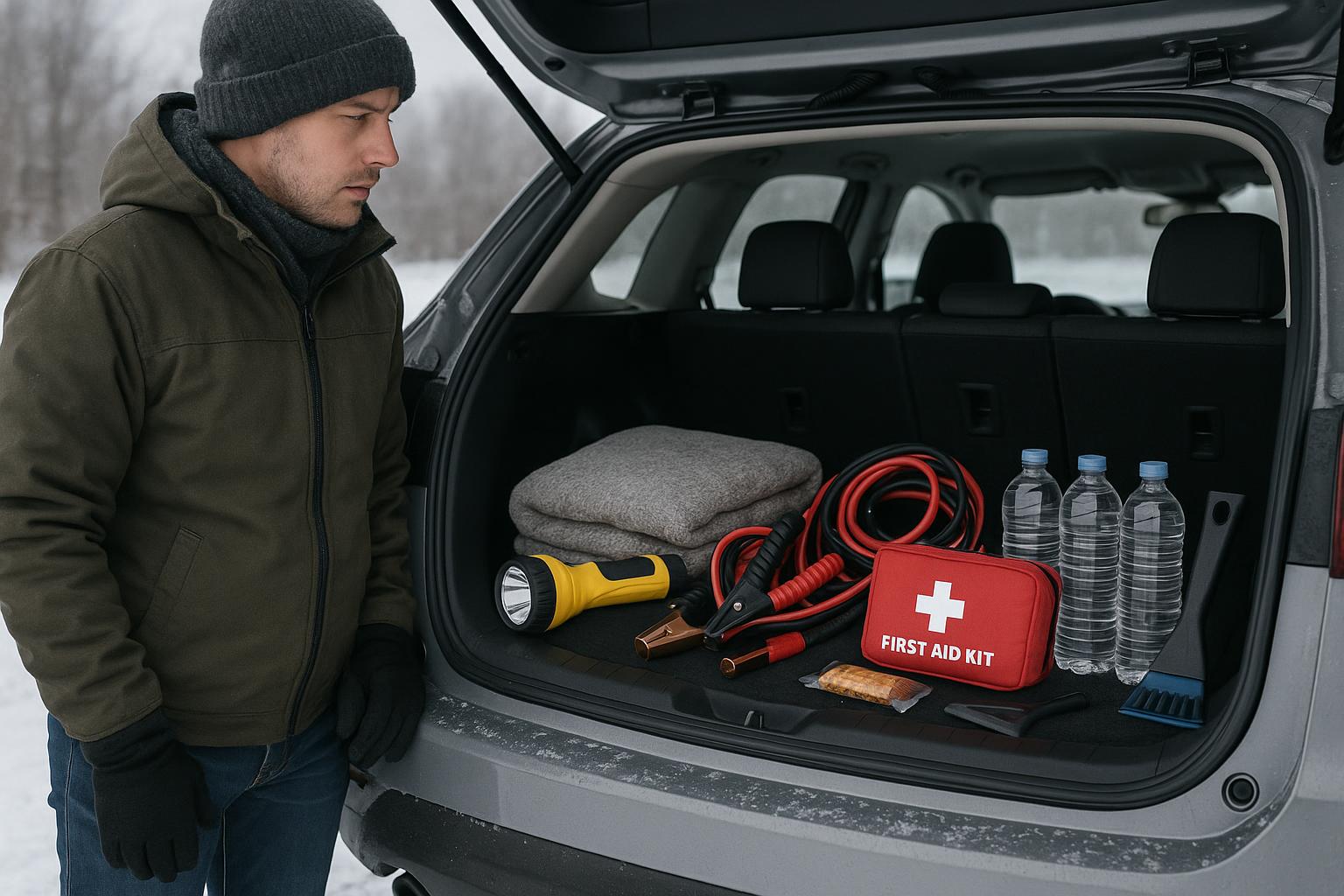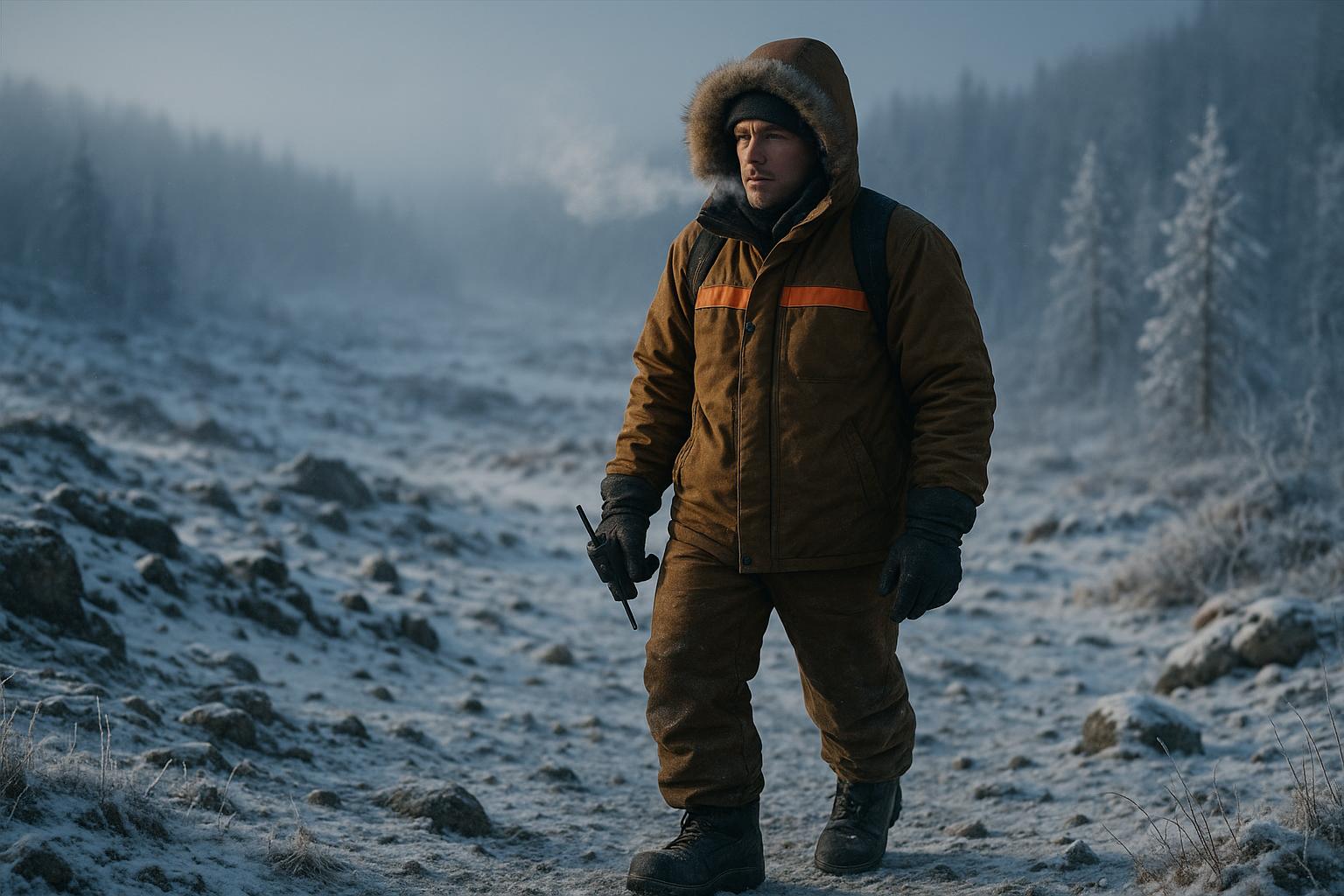As a slaughterhouse employee, you face many potentially dangerous circumstances on a daily basis. Our industry has largely become very mechanical, yet you may be still required to perform tasks by hand—many of which are dangerous, require repetitive motions, and call for excessive force.
Some of the most common injuries sustained by slaughterhouse employees in our industry include the following:
- Eye burns from chemicals and steam used to sanitize the plant
- Repetitive motion injuries to shoulders
- Concussions and cuts caused by being struck by moving equipment
- Hearing injuries caused by exposure to loud machinery
- Respiratory irritation or even asphyxiation from exposure to chemicals, pathogens, and gases
- Bruises, cuts, and fractures to upper extremities
- Bruises and fractures to the trunk region caused by moving heavy containers falling from multi-level walkways and slipping on wet or greasy floors
- Back sprains and strains from lifting heavy objects or repetitive lifting of lighter objects
- Cuts and lacerations, puncture wounds and vibratory injuries to hands from hand tools, and repetitive motion injuries
- Carpal tunnel syndrome from repeating tasks at a rapid pace, usually against resistance
- Cuts, lacerations, and amputations of fingers caused by knives and machinery, as well as repetitive motion injuries
- Knee injuries from falls
- Tendonitis and amputations in the feet and toes
To reduce your risk of injury as a slaughterhouse employee, consider the following personal protective equipment while performing your job duties:
- Bump cap
- Hair net
- Ear plugs
- Safety goggles
- Beard net
- Apron
- Arm guards
- Sleeves
- Latex or mesh gloves
- Boots
Biological Hazards
While performing your slaughterhouse employee duties, you may also handle infected meat and birds. These animals can be dangerous, as you could be at risk of contracting a disease. The bacteria causing these diseases are found in urine, feces, vaginal discharge, and in the milk of infected animals. The viruses can enter your body through broken skin or inhalation and cause fever, headaches, vomiting, diarrhea, and/or kidney damage. To reduce illness risks, you should protect any wounds on your body and wear personal protective equipment (PPE). Also, cover any parts of your body that would come in direct contact with infected animal parts.



